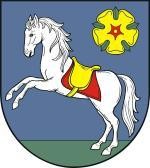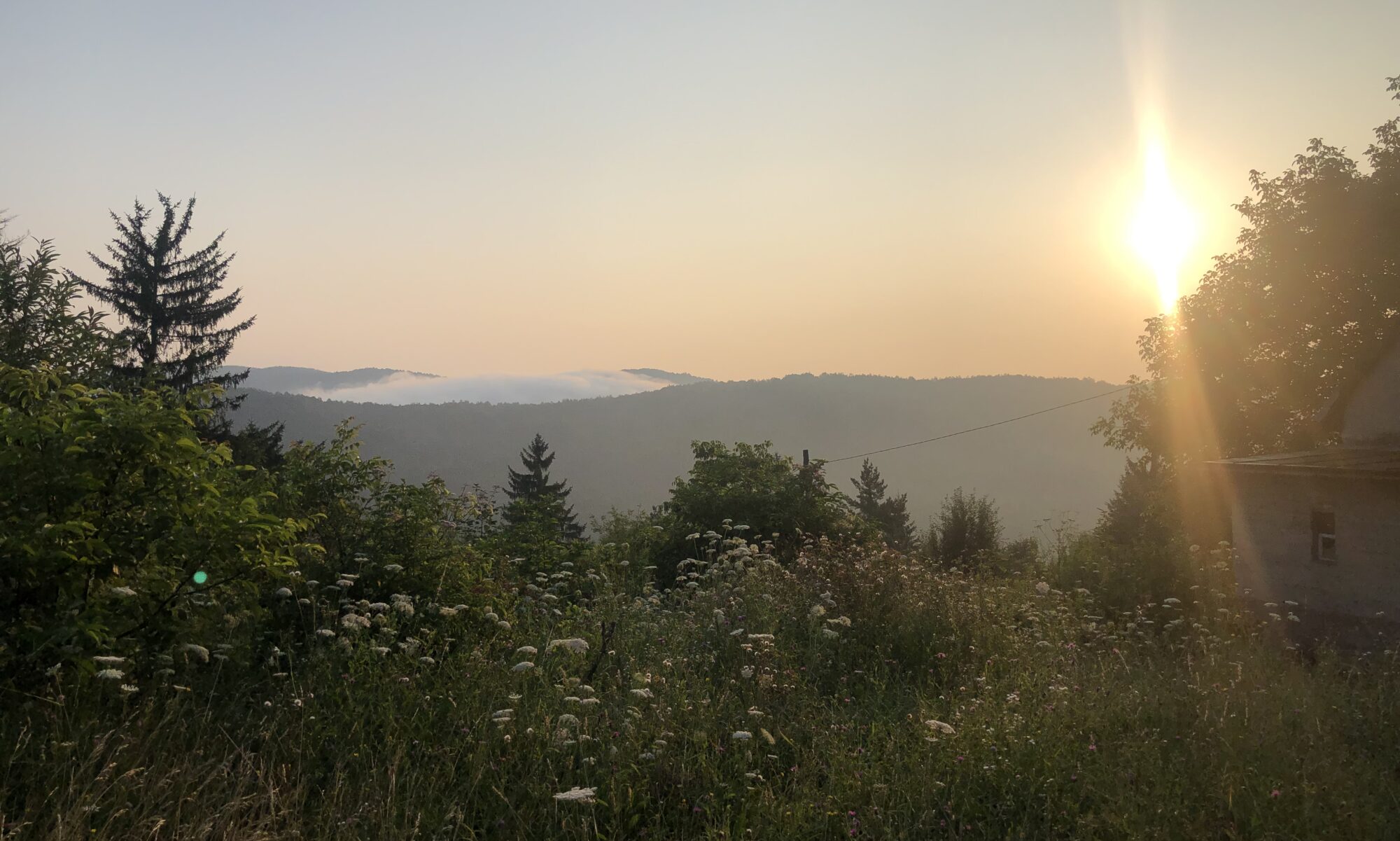Just nu sitter vi och lunchar i Bêlotin, mitt i den tjeckiska landsbygden. Hit har vi cyklat från staden Ostrava, vilken vi nådde sent igår kväll. (En rolig sak för värmlänningar är att att rava betyder rumpan. Därför kallar vi stan Cheese ass.) Här kommer lite fakta om Ostrava, inte helt osnodd från Wikipedia:

Ostrava är Tjeckiens tredje största stad och är huvudort för Mähren-Schlesien. Staden var historiskt delad i Moravská Ostrava (Mährisch-Ostrau eller Mähriska Ostrau), på västra sidan av floden Ostravice, och Polska Ostrava (från 1919 kallad Slezská Ostrava, Schlesiska Ostrava), på den östra sidan av floden. De båda städerna slogs samman 1941 och utgör idag stadsdelar i storstaden Ostrava.
Folkmängden i centralkommunen uppgick till 295 653 invånare i slutet av 2013, medan storkommunen (så kallad kommun med utökad befogenhet) hade totalt 326 874 invånare vid samma tidpunkt. Stora kolfyndigheter under 1700-talet gjorde Ostrava till en industristad, men gruvverksamheten upphörde 1994. Fortfarande bedrivs dock gruvdrift i områdena runt om Ostrava, i huvudsak närmare Karviná. Stålproduktionen i Ostrava är fortfarande omfattande även om bland andra Mittal Steel (före detta Ispat Nová Hut’ ) sade upp ett antal tusen anställda. Staden har valt att spara ett stort gammalt stålverk som minnesmärke över svunna tider.
I Ostrava finns pub- och nattklubbsområdet Stodolní ulice med ett femtiotal uteställen. Men ingen av dessa har öppet eller serverar mat.
English version:
We are right now digesting lunch in Bêlotin, smack dab in the czech countryside. We left the town of Ostrava, which we reached late last night, this morning. (Fun fact: for three of us rava is a dialectal synonym for butt. Therefore we call the town Cheese ass.) Here are some facts about Ostrava, not enrirely un-stolen from Wikipedia:

Ostrava (Czech pronunciation: [ˈostrava], locally: [oˈstrava], Polish: Ostrawa, German: Ostrau) is a city in the north-east of the Czech Republic which is the capital of the Moravian-Silesian Region. It is 15 km (9 mi) from the border with Poland, at the meeting point of four rivers: the Odra, Opava, Ostravice and Lučina. In terms of both population and area Ostrava is the third largest city in the Czech Republic, the second largest city in Moravia, and the largest city in Czech Silesia. It straddles the border of the two historic provinces of Moravia and Silesia. The population is almost 300,000 people. The wider conurbation – which also includes the towns of Bohumín, Doubrava, Havířov, Karviná, Orlová, Petřvald and Rychvald – is home to about 500,000 people, making it the largest urban area in the Czech Republic apart from the capital, Prague.
Ostrava grew in importance due to its position at the heart of a major coalfield, becoming an important industrial centre. It was previously known as the country’s “steel heart” thanks to its status as a coal-mining and metallurgical centre, but since the Velvet Revolution (the fall of communism in 1989) it has undergone radical and far-reaching changes to its economic base. Industries have been thoroughly restructured, and the last coal was mined in the city in 1994. However, remnants of the city’s industrial past are visible in the Lower Vítkovice area, a former coal-mining, coke production and ironworks complex in the city centre which retains its historic industrial architecture. Lower Vítkovice has applied for inclusion in the UNESCO World Heritage List.
Ostrava is home to various cultural facilities including theatres and galleries. Various cultural and sporting events take place in Ostrava throughout the year, including the Colours of Ostrava music festival, the Janáček May classical music festival, the Summer Shakespeare Festival and NATO Days.
Ostrava is home to two public universities: the VŠB-Technical University and the University of Ostrava. In 2014 Ostrava was a European City of Sport. The city co-hosted (with Prague) the IIHF Ice Hockey World Championship in 2004 and 2015.
In Ostrava all restaurants are closed and there is no food served.

Intressant heraldik. Med stålets betydelse för staden hade man ju som svensk kunnat ana ett stadsvapen likt Degerfors eller Kiruna, men nej. Inte heller örn eller grip. Tack skribenten och Ostrava för det oväntade.
Jag lägger in en peng i jukeboxen för humlebilder ;-). Mycket Saaz i regionen.
Det lönar sig att kommentera mycket
Wow, tack ädla cyklare!
Gôbb